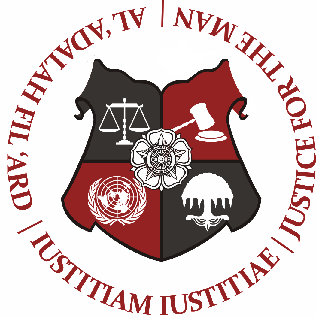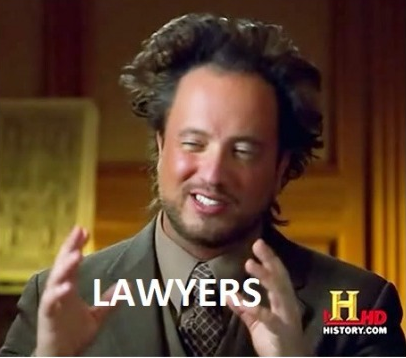The Community of International Moot Court (CIMC) has finally been established. As of now, faculty support has been very great. At least from administrations, they have been been really enthusiastic by being willing to endorse our request for a university internet domain. From fundings, the faculty is showing positive signals as well –although details are yet to be revealed until next week.
However we had a few disagreements when it comes to the term we used. Our community used to be called IMA (International Mooting Association). But when the Vice Dean told us that all communities must have the word “Community” or “Komunitas” as uniform naming system, our Charter Preparatory Committee voted for CIMC as our name. That one was fine.
But the next one was the title “President” as our chief executive officer. The Vice Dean said that the use of word was improper and “menganjurkan” (recommended) us to change it to “Chair” or “Ketua”.
The faculty and the rectorate, according to her, seemed to not quite like the use of “President” for student organisations due to improperness. While some officials react apathetically (what is in the name? –quoting Shakespear), she says, othes disapprove with its use –including the use in our student board (also using the term “President” as the title for their head.).
At that time, I only mentioned that the term “President” has a different aura effect to its members which was why the drafters of our Charter chose that term. Not to mention, as an organisation simulating international courts, the ICC and ICJ also uses the term “President” to name their head. As we simulate international courts, we should be different from Indonesian courts using the term “ketua”.
Thus it is not as simple as people whom agree to the term saying “what is in the name” or in more popular language “meh, just a name”. It means something.
At the time, however, I could not refute the “improper use of language” yet. So I provided a vague response of “I will consult with the other members first”. But as like a good mooter, I went straight to research on the matter and this is what I found:
president, n. 1. The chief political executive ofa government;
the head of state. [Cases: United States C=:;26.]
2. The chief executive officer of a corporation or other
organization. 3. CHAIR (1). 4. CHAIR (3). See (in senses
3 & 4) presiding officer (3) under OFFICER (2). – presidential,
adj.
(Source: Garner, Bryan. A (ed.), 2009. Blacks Law Dictionary (9th ed.). St. Paul, MN: West, p1304 –emphasis added)
and also:
pre·si·den /présidén/ n 1 kepala (lembaga, perusahaan, dsb): serah terima jabatan — Direktur Bank A akan dilakukan hari ini; 2 kepala negara (bagi negara yg berbentuk republik): pemilihan — Amerika Serikat dilakukan empat tahun sekali;
(Source: Departmen Pendidikan Nasional. 2008. Kamus Besar Bahasa Indonesia [Online]. { http://bahasa.kemdiknas.go.id/kbbi/} –emphasis added)
Thus I have found not only numerous practices of using the title “President” as head of organization, but also a well established Opinio Juris. This then constitutes as elements of Customary: be it from the definition of general theory of law (Sudikno Mertokusumo. 1991. Mengenal Hukum: Suatu Pengantar. Liberty: Yogyakarta pp106-107) or analogous to the definition of international law (Malcom Shaw. 2008. International Law (Sixth Edition). New York: Cambridge University Press, pp72-93).
Yet as also mentioned by Professor Sudikno Mertokusumo (in Op.Cit., Mertokusumo, p108) that imperative positive laws will prevail over that of the customary. Thus it is important to know whether the faculty’s statement was a recommendation or a “Recommendation”.
–if you know what I mean
I dont know why I bother to write such a long post for something this unimportant.
But wait!
I get it!



Extremely good post. I actually just happened at your current blog plus wanted to talk about which need truly loved studying your own weblog posts. Then again I will often be following to the wesite plus Hopefully you actually post again immediately.
Extremely good post. I actually just happened at your current blog plus wanted to talk about which need truly loved studying your own weblog posts. Then again I will often be following to the wesite plus Hopefully you actually post again immediately.
i think pesident hold a control of the lawyers and chair can support of president